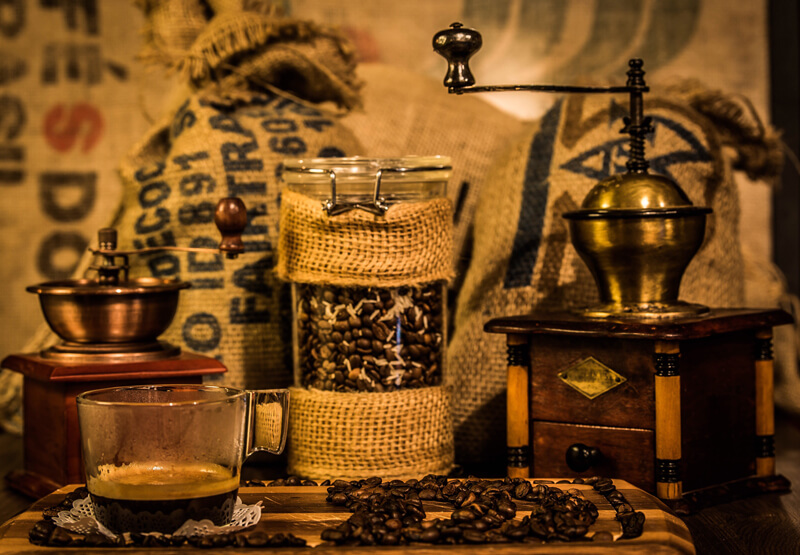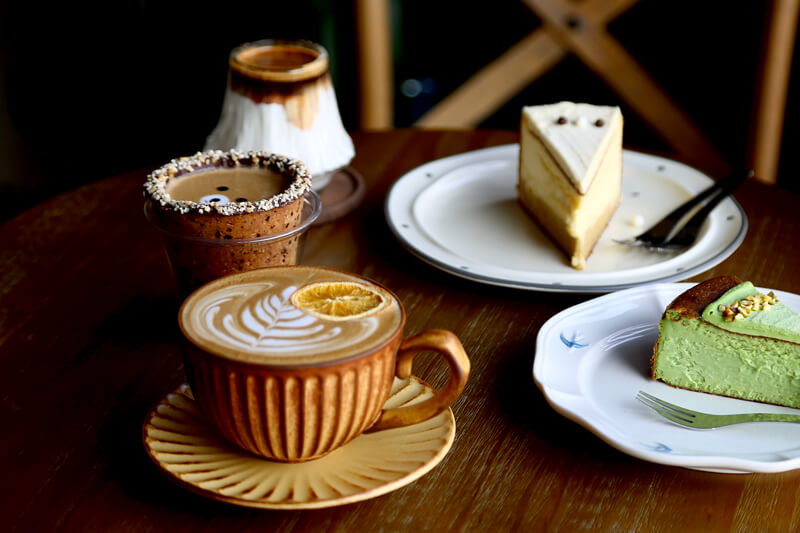The Journey of Coffee from Bean to Cup
Coffee is more than just a drink; it’s an experience. From the rich aroma that fills the air to the first sip that awakens your senses, coffee plays a significant role in daily life around the world. But have you ever wondered how that cup of coffee goes from a simple bean to the delightful beverage you enjoy every morning?
In this post, we’ll take you on a journey through the entire coffee-making process – from the moment the coffee bean is harvested to when it’s brewed into your perfect cup. By the end, you’ll have a deeper appreciation for the coffee you love and the incredible journey it takes before reaching your hands.
Step 1: Coffee Growing – The Bean’s Beginning
The Coffee Plant:
Coffee beans come from the coffee plant, which thrives in tropical regions near the equator. The two most popular types of coffee beans are Arabica and Robusta. Arabica beans are known for their smooth flavor and higher quality, while Robusta beans tend to have a more bitter taste and higher caffeine content. These beans grow inside the fruit of the coffee plant, called a coffee cherry.
Growing Conditions:
Coffee plants need specific conditions to grow – they thrive in high altitudes with temperatures between 60°F and 70°F (15°C to 24°C), and require rich, well-drained soil. Regions like Ethiopia, Colombia, Brazil, and Costa Rica are famous for producing high-quality coffee beans due to their ideal growing environments.
Harvesting:
Once the coffee cherries are ripe, they’re harvested by hand or machine. Harvesting by hand ensures that only the ripe cherries are picked, which is important for producing the highest quality coffee beans. After harvesting, the cherries are processed to extract the beans.
Step 2: Processing the Coffee Beans
Wet Processing (Washed Coffee):
This method involves removing the outer fruit layer of the coffee cherry before the beans are dried. The beans are soaked in water to remove any remaining fruit, giving the coffee a cleaner, brighter flavor. Wet processing is common in regions with abundant water sources, like Colombia.
Dry Processing (Natural Coffee):
In dry processing, the coffee cherries are spread out in the sun to dry with the fruit still intact. This method results in a coffee with a fuller, fruitier taste. It’s commonly used in regions with less water, such as Ethiopia.
Honey Processing:
This method falls between wet and dry processing, where the cherries are de-pulped, but some of the fruit’s mucilage is left on the beans as they dry. This results in a balanced flavor with sweet and fruity notes, popular in Central American countries.
Step 3: Roasting the Coffee Beans
Once the beans are dried and processed, they’re ready for roasting. Roasting is where the magic happens – it’s the process that turns the raw, green beans into the rich, brown coffee beans we know and love.
The Roasting Process:
During roasting, coffee beans are heated to temperatures between 370°F and 540°F (188°C to 282°C), causing chemical reactions that transform the beans’ flavor and aroma. The beans expand, change color, and develop a unique flavor profile depending on how long they’re roasted.
There are different roast levels:
- Light Roast: Retains the original flavors of the coffee bean, often fruity or floral.
- Medium Roast: Balanced flavor with a slight caramelization of sugars, creating a sweet, mild taste.
- Dark Roast: Stronger, bolder flavors, with a smoky or chocolaty taste.
Roaster Types:
Coffee beans are roasted in either drum roasters or air roasters. Drum roasters use a rotating drum to evenly heat the beans, while air roasters circulate hot air around the beans. Both methods result in deliciously roasted coffee, but air roasters tend to produce a cleaner, brighter cup.
Step 4: Grinding the Coffee Beans
Why Grinding Matters:
The grind size of your coffee beans is crucial because it affects the extraction process during brewing. Freshly ground beans release essential oils and flavors that pre-ground coffee lacks. Depending on your brewing method, you’ll want to choose the right grind size:
- Coarse Grind: Best for French press brewing.
- Medium Grind: Ideal for drip coffee makers.
- Fine Grind: Perfect for espresso machines.
Grinding Methods:
The best way to grind coffee is using a burr grinder, which ensures a consistent grind size. Blade grinders are cheaper but tend to produce uneven grinds, which can affect the taste of your coffee.
Step 5: Brewing the Coffee
Brewing Methods:
Now that your coffee beans are roasted and ground, it’s time to brew them into your perfect cup. Here are some popular brewing methods:
- Drip Coffee Maker: The most common method, using a filter to brew the coffee.
- French Press: A manual method that steeps the coffee in water, resulting in a rich, full-bodied cup.
- Espresso: A concentrated coffee made by forcing hot water through finely-ground coffee beans.
- Pour-Over: A manual brewing method where hot water is poured over coffee grounds in a filter.
- AeroPress: A compact method that uses air pressure to brew coffee, resulting in a clean, strong cup.
Each method has its own unique characteristics, and the choice depends on your personal preference and desired coffee flavor.
Step 6: Enjoying Your Coffee
Now that your coffee is brewed, it’s time to enjoy it! Whether you prefer a simple black coffee, a latte, or an iced coffee, the final step is to savor the flavors and aroma that make coffee so special.
The Fascinating Journey of Coffee
From the coffee plant to your cup, every step of the process plays a role in the final flavor and experience of your coffee. Understanding the journey that each bean takes makes you appreciate every sip a little more. Whether you’re enjoying a cup of espresso or a pour-over, the craftsmanship behind coffee production is what makes it such a beloved drink worldwide.
Next time you sip your favorite cup of coffee, remember the journey it took – from bean to cup – and how each step contributes to the rich, complex flavor that makes coffee so special.
Discover More Cafés
April 23, 2025
Learn how to choose the right coffee beans for your perfect brew. From roas ...
April 28, 2025
Explore the top 5 cafes in Naples offering the best coffee and cake pairing ...
April 7, 2025
Buenos Aires is home to a rich café culture, with a variety of spots offer ...
April 14, 2025
Espresso is the foundation of many beloved coffee drinks—whether it's a c ...
April 17, 2025
Coffee is more than just a beverage; it’s a global ritual, deeply woven i ...




